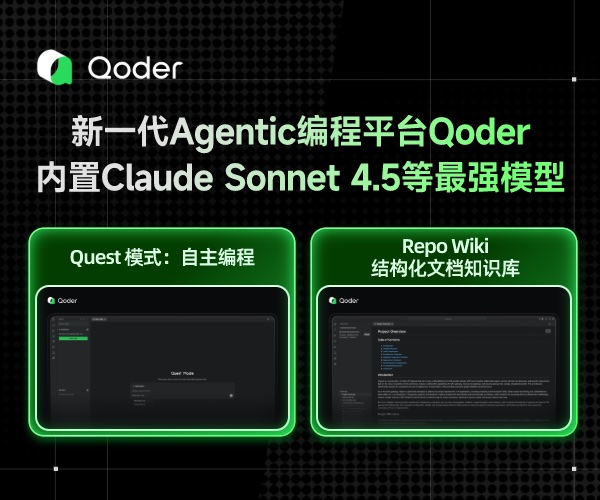C++驱动屏幕
Godot 的源代码
在C++中驱动屏幕通常指的是通过编程方式控制图形用户界面(GUI)或直接与硬件交互以显示内容。根据你的具体需求,这里有两种主要的方法来实现屏幕的驱动:
1. 使用图形库(如SDL, SFML, OpenGL, DirectX等)
这些库提供了更高级的API来处理图形和用户界面,使得屏幕内容的显示更加方便和高效。
示例:使用SDL库
SDL(Simple DirectMedia Layer)是一个跨平台的开发库,用于提供低级别的访问音频、键盘、鼠标、游戏手柄和图形硬件。
安装SDL:
-
在Ubuntu上,你可以使用
sudo apt-get install libsdl2-dev来安装SDL2。
示例代码:
#include <SDL2/SDL.h> int main(int argc, char* argv[]) { SDL_Window* window = nullptr; SDL_Init(SDL_INIT_VIDEO); window = SDL_CreateWindow( "Hello SDL", // window title SDL_WINDOWPOS_UNDEFINED, // initial x position SDL_WINDOWPOS_UNDEFINED, // initial y position 640, // width, in pixels 480, // height, in pixels SDL_WINDOW_OPENGL // flags - see documentation for details ); if (window == nullptr) { SDL_Log("Could not create window: %s\n", SDL_GetError()); return -1; } bool running = true; SDL_Event e; while (running) { while (SDL_PollEvent(&e) != 0) { if (e.type == SDL_QUIT) { running = false; } } } SDL_DestroyWindow(window); SDL_Quit(); return 0; }
2. 直接与硬件交互(如使用Windows API或Linux的Framebuffer)
如果你需要更底层的控制,例如直接在Linux上操作framebuffer或者使用Windows API进行绘图,你可以使用以下方法:
示例:在Linux上使用Framebuffer直接绘图
示例代码:
#include <fcntl.h> #include <linux/fb.h> #include <sys/ioctl.h> #include <sys/mman.h> #include <unistd.h> #include <iostream> #include <cstring> int main() { int fbfd = open("/dev/fb0", O_RDWR); if (fbfd == -1) { perror("Error: cannot open framebuffer device"); return 1; } printf("The framebuffer device was opened successfully.\n"); struct fb_var_screeninfo vinfo; struct fb_fix_screeninfo finfo; long int screensize = 0; char *fbp = 0; // framebuffer pointer // Get fixed screen information if (ioctl(fbfd, FBIOGET_FSCREENINFO, &finfo)) { perror("Error reading fixed information"); return 2; } // Get variable screen information if (ioctl(fbfd, FBIOGET_VSCREENINFO, &vinfo)) { perror("Error reading variable information"); return 3; } printf("%dx%d, %dbpp\n", vinfo.xres, vinfo.yres, vinfo.bits_per_pixel); screensize = vinfo.xres * vinfo.yres * vinfo.bits_per_pixel / 8; // Map the device to memory fbp = (char *)mmap(0, screensize, PROT_READ | PROT_WRITE, MAP_SHARED, fbfd, 0); memset(fbp, 255, screensize); // clear to red (white on my monitor) - for testing purposes only! 255 is white on my monitor. Adjust based on your monitor's color depth. 0 would be black for 8-bit depth. For example, for a 16-bit color depth monitor you might use 65535 for white. Adjust accordingly. 32-bit depth would be 0xFFFFFF or similar for white. Check your monitor's capabilities and adjust accordingly. 255 is a generic value that might not work for all setup




 浙公网安备 33010602011771号
浙公网安备 33010602011771号